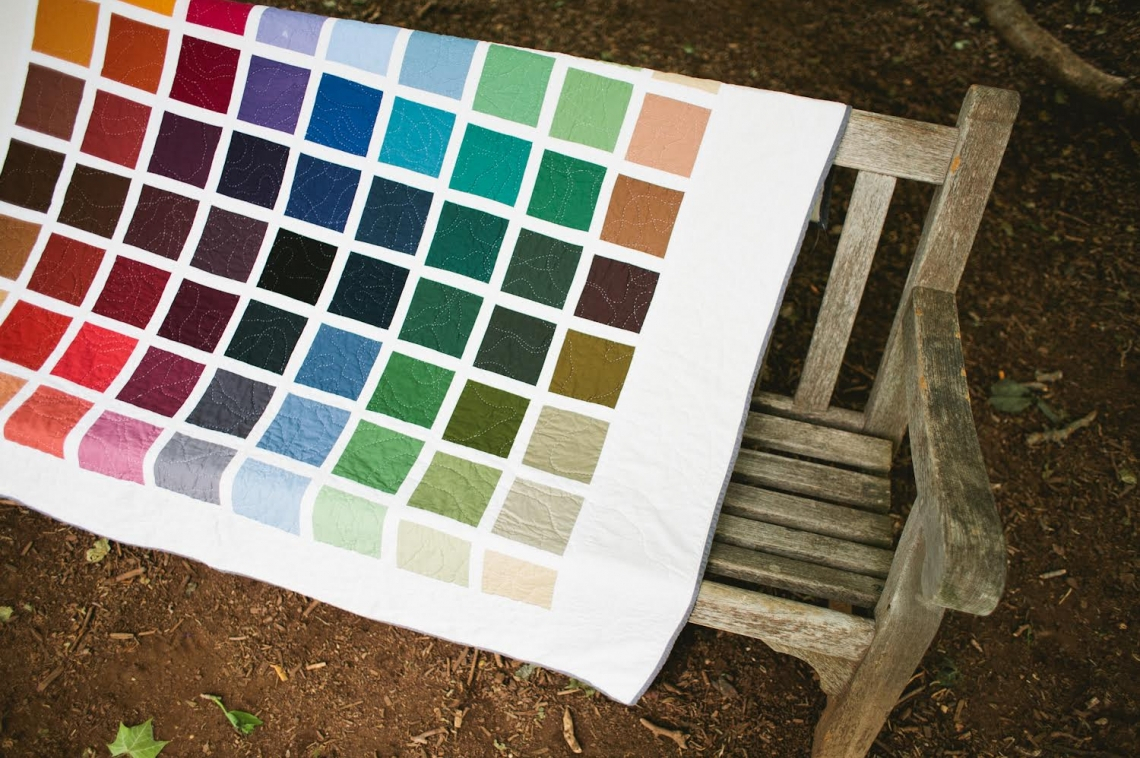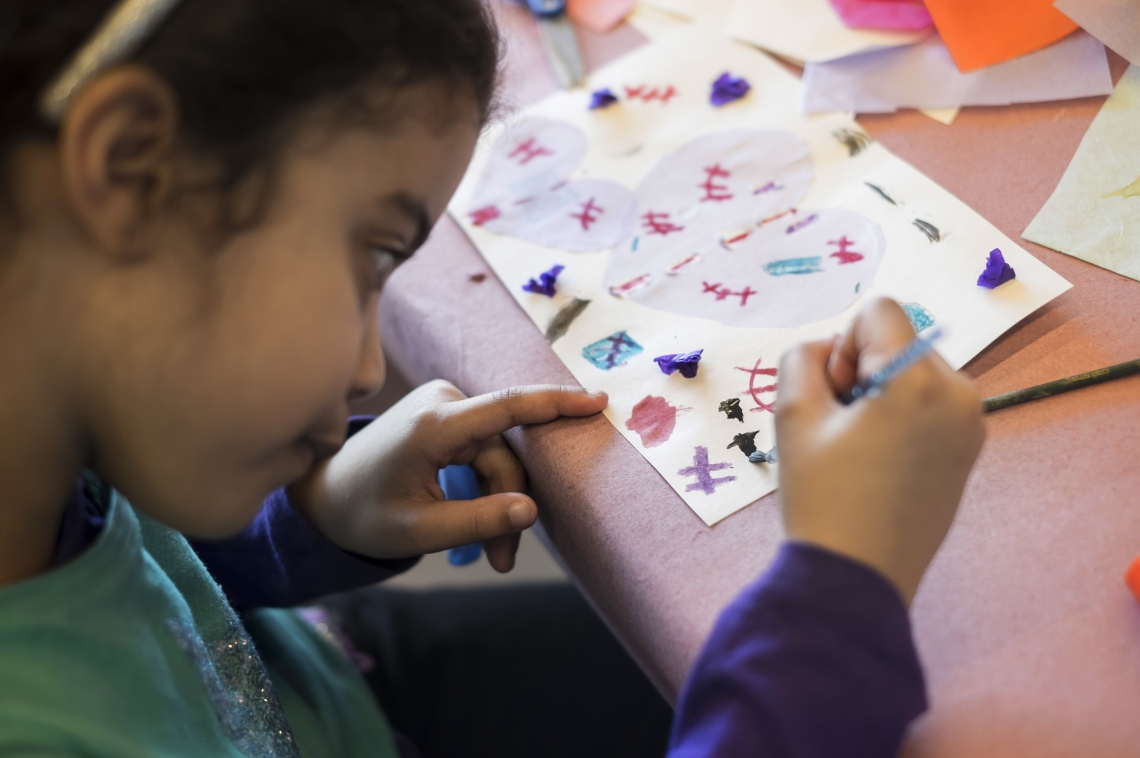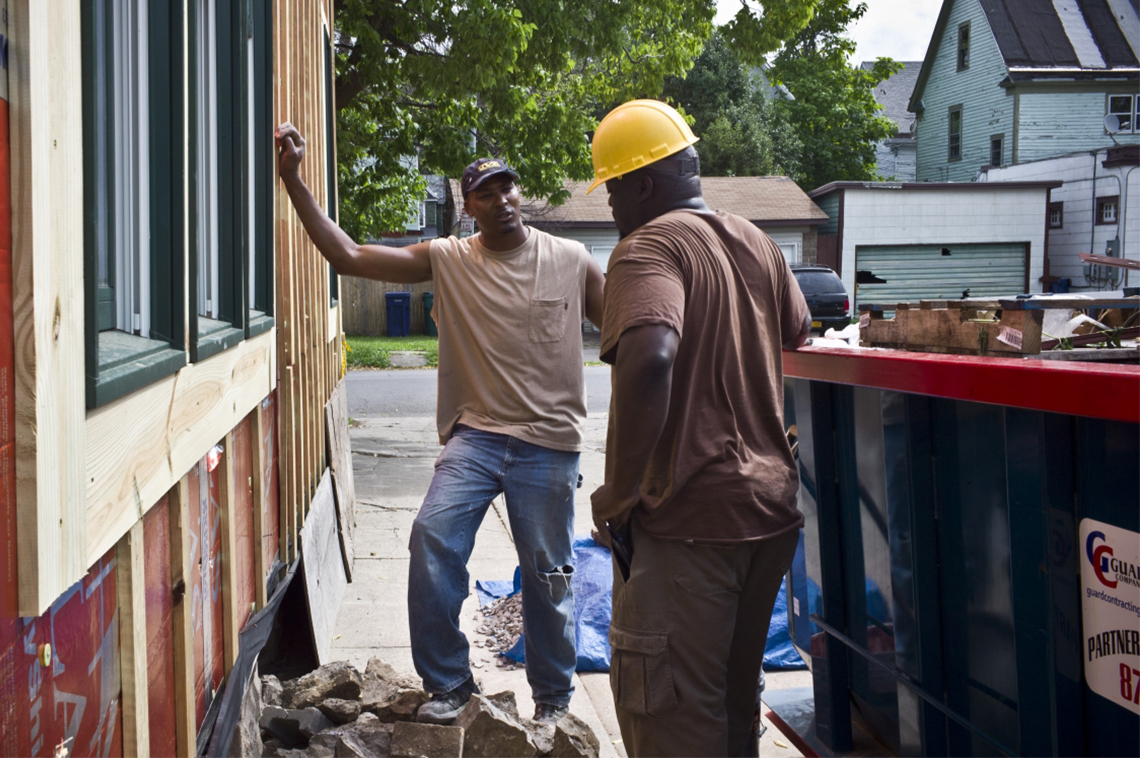


Danya Sherman began research on the ArtPlace Housing field scan with the hopes of understanding how creative strategies help build sustainable and healthy communities of opportunity. She saw firsthand how powerful arts and culture are in articulating complex dynamics of urban and community development; in raising the flag to indicate where need exists; in providing crucial emotional support and connection; in helping to cohere diverse communities, and so much more. Here, she breaks it down into 6 ways the arts can help housing.
ARTICULATE
Arts strategies can communicate important dynamics in powerful and unique ways. By working to express situations through non-verbal, non-analytical strategies, artists can help to unearth important conditions, encouraging identification, empathy, and understanding of common barriers and problems and the impacts of them.
Example: Breathing Lights, Albany, Schenectady, and Troy, NY.
In October and November 2016, nightly from 6pm – 10pm, Breathing Lights illuminated the windows of hundreds of vacant buildings in Albany, Schenectady and Troy. Warm light filled each window with a diffuse glow that mimicked the gentle rhythm of human breathing. Concentrated in neighborhoods with high levels of vacancy, Breathing Lights transformed abandoned structures from pockets of shadows into places of warmth. At the end of the installation, windows – one by one – fell dark. In sharing a sense of loss came a stir to action.
NOURISH
Arts and culture can be the heart of housing work. Whether it is to beautify projects, design culturally generative elements that help build community (like porches), or help a formerly homeless individual to make a new apartment feel like home, culturally focused housing work adds a much-needed human element that benefit our emotional as well as physical wellbeing.
Example: The Haven, Charlottesville, VA.
The Haven know the importance of a beautiful, creative, and restorative environment in homeless service provision. Their shelter is located in a reused building downtown, which feels special as soon as you walk-in –especially in comparison to the average shelter, which can often feel barebones and clinical. The Haven has partnered with New City Arts for years on various programs, most recently the Housing 2 Home program, along with ArtPlace America.
ORGANIZE
Many community-based groups engage arts-based strategies to bolster and enliven community organizing, movement-building, and collective action. While organizing can be difficult and hard work, creative strategies help to ensure that community building through housing development is enjoyable, joyous, and enriching. Arts and design-oriented strategies and interventions help to educate, empower, and create space for shared decision-making in a housing and community development context. These strategies directly benefit those engaged with the campaigns at hand; secondary benefits may also accrue to other residents, policymakers, and others as a result of the organizing.
Example: CASE STUDY : PUSH Buffalo, Buffalo, NY.
PUSH Buffalo combines community organizing, political advocacy, housing development, and more. By staying focused on a specific neighborhood over a long period of time and maintaining deep roots in its residents and organizers, PUSH has found itself naturally including arts-based organizing strategies into its activism and community development work to boost effectiveness. In order to focus on comprehensive community development, PUSH created its housing arm, the Buffalo Neighborhood Stabilization Company, to develop and maintain affordable housing for its residents.
BRIDGE
Artistic activity can serve a crucial function to bringing people together in new ways. Cultural programming in a housing context can play many important roles. Accessible cultural activities can increase empathy and provide a common ground for people that may not otherwise interact. This addresses the negative consequences of highly segregated regions, which over time have created mistrust, bias, and prejudice to develop, as well as in mixed income neighborhoods. Overcoming these benefits all, who may then live more comfortably in their neighborhood and within the larger urban region with stronger ties to and understanding for a diversity of others.
Example: Broadway Housing Communities, New York, NY.
This supportive and affordable housing developer, is breaking through constraints and barriers to innovate new forms of affordable housing for low-income individuals and families. The recent Sugar Hill Housing Development created 124 units of affordable housing as well as a new Children’s Museum of Arts & Storytelling in a building designed by high profile architect David Adjaye. [www.adjaye.com] The project built upon BHC’s previous incorporation of the arts into supportive housing developments, which began when a community organizer who was also an artist curated a show in the building. BHC found that this brought new non-residents into the building and helped break down longstanding barriers and biases between members of the neighborhood.
STABILIZE
Many community-based groups have found that arts-based strategies are crucial in their efforts to stabilize communities that are particularly vulnerable to displacement. Stabilization strategies are most often aimed to support vulnerable populations, weakened by historic or ongoing neglect or uneven funding for individuals and communities of limited means; people of color; Native American communities; and others that are commonly at a disadvantage. These practices are largely experimental and in need of more research, study, experimentation, and funding in order to help community groups develop best practices and achieve long-term stabilization for vulnerable communities and residents.
Example: Project Row Houses, Houston, TX.
This early practitioner of arts-based cultural and community-based housing development, is focused on the preservation of a mixed income African American community in a rapidly gentrifying neighborhood of Houston. PRH began in the 1980’s as a project by and for local African American artists, and began by salvaging and preserving several vernacular row houses for artists’ studios and galleries. Building on the attention they received as innovative, socially engaged artists, PRH has successfully preserved and developed over 50 units of housing as well as continued to build several spaces for galleries and artists in the culturally historic row house style.
GENERATE
Arts and cultural strategies are imageable; besides the benefits afforded to those participating in them (as described above), they can signal to outsiders that a particular neighborhood may be valuable and can thus attract investment. Because funds for affordable housing preservation, development, and rehabilitation are so low, utilizing arts strategies can aid in a communities’ competitiveness. Many developers are beginning to get on the bandwagon, but we have to be careful that it doesn’t translate to unintended negative outcomes for already vulnerable and marginalized communities or parachuting in artists with no connection to the place, just to increase profit.
Example: Capitol Hill Housing, Seattle, WA.
This innovative community development corporation develops affordable housing and mixed-use developments in the rapidly gentrifying Capitol Hill neighborhood and others throughout Seattle. They leverage partnerships with arts organizations to build affordable housing (as well as providing other spaces mixed uses). The 12thAvenue Arts building contains restaurants on the first floor, which are buoyed by two flexible theatre spaces, nonprofit office space, and 88 apartment units. Their forward-thinking, place-based strategy gives them deep local knowledge, making it easier to develop projects across a portfolio that incorporates affordable housing, the arts, and commercial activity.
Creative placemaking practitioners need to think comprehensively about how their work impacts and intersects with housing outcomes. Housing is perhaps the most tangible, and also most complex, measure of community development. Nowhere is this more apparent than in the communities around the country that are facing eviction and displacement. New place-based investments, when made without explicit regard for accountability to and impact on those structurally barred from access to capital and resources, can exacerbate negative impacts. Communities are organizing to resist this displacement and sustain themselves in the long term and many of them organically utilize creative strategies to address key housing barriers. At regional and national scales, policymakers and funders can learn from those working on the ground in this way about how they might adapt their policies and funding mechanisms to support the sustainability and autonomy of low-income communities, communities of color, Native Americans, and others who have been historically at a disadvantage.
This is an excerpt from our Housing Field scan





